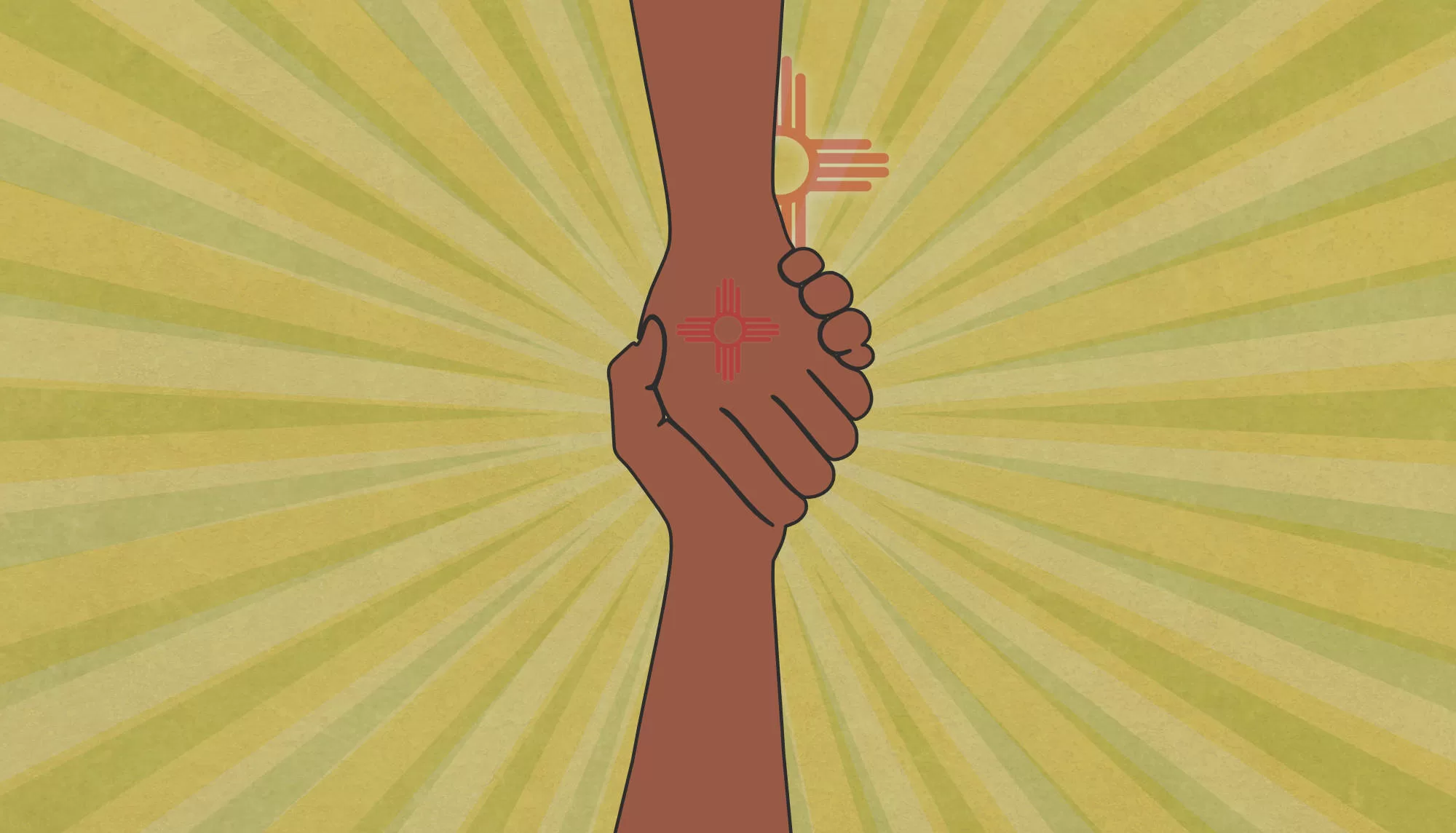Building Back Better? First Ensure Vital Services for Surviving
To “build back better,” our top priority is to ensure that the ten vital services for surviving and thriving that support our families exist in this era of instability and disruptions.
Surviving a week in a pandemic with ever-changing public health guidelines, disrupted schools, unreliable employment and uncertain household income can feel like walking through a minefield where the mines’ change location every day. Two years into the pandemic, we can see that COVID not only causes illness, hospitalization, long term health conditions and death, but results in lower health care capacity, interrupted schooling for children and job loss for their parents. How will families with limited resources and limited schooling for their children ever fully recover?
The pandemic is pushing our most vulnerable families further into the minefield of unstable housing and an insecure food supply. It is also increasing the health disparities in our communities, making access to medical and mental health care even more challenging, if not impossible to access. On top of all this, in so many areas where there is a lack of public transportation, both rural and urban residents can’t easily get to the few vital services that do exist.
Amid all the talk about “billions for building back better,” we believe investment should be guided by one question: “How challenging is it for families to access vital services for surviving right now?”
We have been surveying New Mexico residents for years as part of our 100% New Mexico initiative. In our reports on Rio Arriba, Doña Ana, Socorro, Otero, Catron and San Miguel Counties, you can see what percentage of the county’s population find it challenging to get to medical care. This data point alone should be a red flag for every elected official and public health advocate. If people can’t easily access health care in a pandemic, we must look closely at why. Our surveys reveal that parents and families are reporting challenges that include:
- I can’t find a specialist near me
- The waiting list is too long
- I can’t find a quality provider
- Offices closed or with limited hours due to COVID
- Appointment times only exist during work hours with no evening or weekend hours
- They don’t access my insurance
- Care costs too much
- The clinic/practice is too far to travel to
- The co-pays are too high
- I don’t have reliable transportation
The barriers to medical care reflect the barriers to behavioral health care, food security programs, housing security programs and transportation. We also asked about barriers to parent supports, early childhood learning programs, fully-resourced schools with health centers, youth mentor programs and job training. Our surveys indicate that large segments of the population are seeking help, including employment training, but find access difficult.
If we as a society wish to build cities and towns where our families can be healthy and individuals can be empowered to secure employment during (and after) a pandemic, what better place to invest than in vital services for surviving and thriving? We know where service disparities exist and most importantly, we know how to build back services so they are accessible to all residents, in person and online, across every community in the state.
We have within our ten-county 100% New Mexico initiative, the framework for collaborating on local projects to increase access to healthcare and all the services that mean the difference between desperation and empowerment. In public health terms, it’s the difference between vulnerability to infection and wellness. All we lack are the investments to transform each county into a place where vital services are available without hurdles and where funding exists on every level of government. So, the next question is, “What’s our priority?”
As you hear of funding for building back better, ask about how the proposed investments will make the life better for a mom with two kids in unstable childcare, who works full time at a hospital cafeteria. How will new policies allow a dad, whose hotel job ended at lockdown and never came back, better able to secure a good paying job with health insurance to support his school-age children? The phrase “building back better” has a nice ring to it, and it represents what might be a once-in-a-lifetime investment in infrastructure. We suggest that in this era of colliding crises, the phrase should be “building families back better” with the priority being health, stability, education and empowerment.
Mission: The 100% New Mexico initiative is dedicated to ensuring that 100% of families can access ten vital services crucial for their overall health, resilience, and success. This university-sponsored endeavor necessitates the local implementation of evidence-based strategies encompassing both community and school-based service hubs, aiming to prevent the most pressing and costly public health and safety challenges, including adverse social determinants of health and adverse childhood experiences.
Don’t miss a blog post! Get notified!
The 100% New Mexico initiative is a program of the Anna, Age Eight Institute at New Mexico State University, College of Agricultural, Consumer and Environmental Sciences, Cooperative Extension Service. Contact: annaageeight@nmsu.edu or visit annaageeight.nmsu.edu to learn more.




